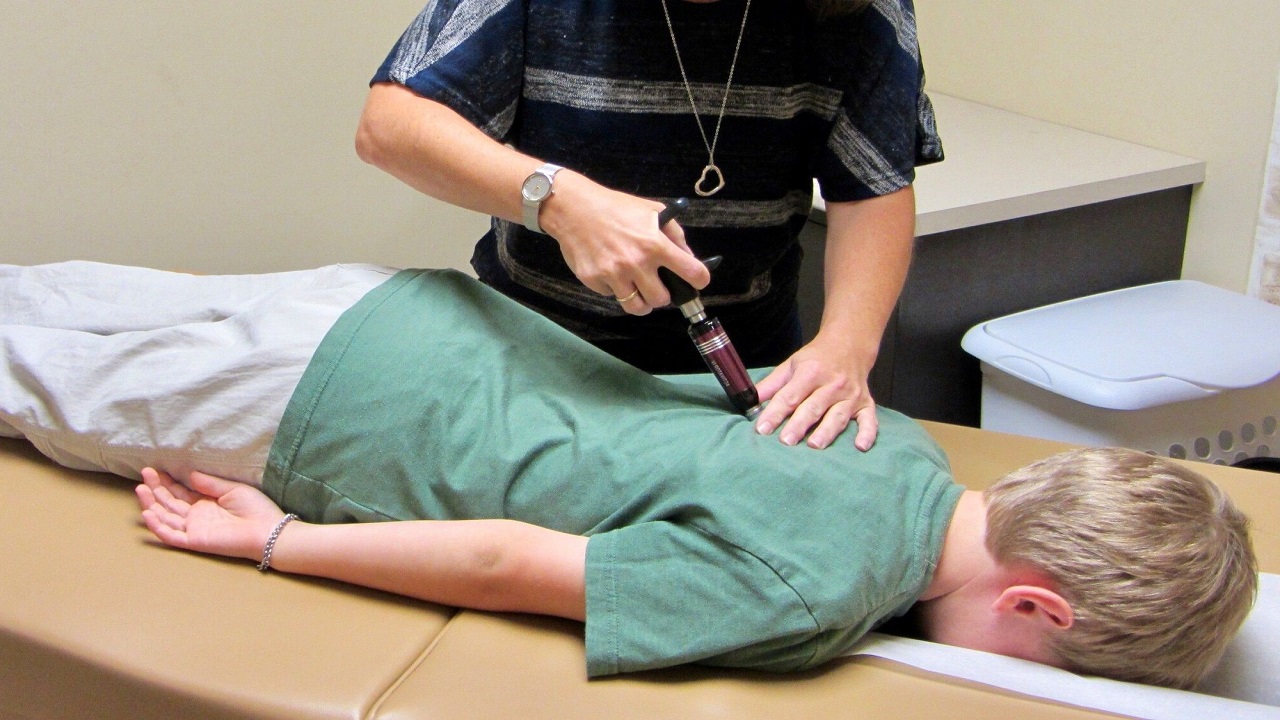The potential of chiropractic adjusting tools to enhance musculoskeletal health and general well-being has drawn a lot of attention in recent years. These tools, which range from instrument-assisted techniques to handheld devices like chiropractic massage guns, provide a focused and non-invasive method of treating a variety of physical ailments. This article delves into the evidence that supports the use of chiropractic adjusting tools in clinical practice, as well as the efficacy of these tools. For more information on chiropractic adjusting tools and their efficacy, go url.
Understanding Chiropractic Adjusting Tools
The term “chiropractic adjusting tools” refers to a variety of instruments and methods that chiropractors and other medical professionals use to adjust soft tissues, joints, and the spine. Without requiring surgery or medication, these tools are intended to improve function, relieve pain, and restore proper alignment. Chiropractic adjusting tools frequently include specialized instruments made for particular adjustments and manipulations, as well as portable devices that provide vibrational or percussion therapy.
The Science Behind Chiropractic Adjusting Tools
Numerous studies have demonstrated the potential advantages of chiropractic adjusting tools for musculoskeletal health, indicating that research into their effectiveness has produced encouraging results. For instance, a systematic review that was published in the Journal of Manipulative and Physiological Therapeutics discovered that patients with musculoskeletal disorders could effectively reduce pain and improve their function when they used instrument-assisted techniques, such as those that involve handheld tools. In a similar vein, research has demonstrated that chiropractic massagers can help reduce muscle strain, increase range of motion, and improve sports performance.
Efficacy in Pain Management
Chiropractic adjusting tools have demonstrated significant promise in the treatment of pain, including persistent pain disorders like osteoarthritis, neck pain, and lower back pain. According to research, chiropractic adjustments can help patients with these conditions live better lives by reducing pain and improving physical function when done with the use of specialized instruments or tools like the chiropractic massage gun. Furthermore, using chiropractic adjusting tools instead of opioid medications for pain management may be a safe and effective option, possibly lowering the risk of addiction and unfavorable side effects.
Effectiveness in Improving Function
Chiropractic adjusting tools have been found to improve functional outcomes for patients with musculoskeletal disorders in addition to relieving pain. These devices can assist patients in regaining lost function and engaging more fully in daily activities by improving mobility, lowering muscle tension, and restoring proper joint alignment. As a result of their increased functional capacity, patients may experience profound improvements in their general health and well-being and be able to lead more active and satisfying lives.
Considerations and Future Directions
Even though the evidence for the effectiveness of chiropractic adjusting tools is encouraging, some topics still need more research. Future research should investigate the effectiveness of chiropractic therapy in particular patient populations and clinical settings, as well as the long-term effects of the treatment using these tools. Furthermore, studies on the mechanisms of action of chiropractic adjusting tools may yield important new insights into their therapeutic effects and guide the creation of novel treatment strategies.
Conclusion
To sum up, the research on chiropractic adjusting tools indicates that they provide a non-invasive, safe, and effective means of enhancing musculoskeletal health and reducing pain. Chiropractic adjusting tools, which range from portable gadgets like massage guns to specialized equipment for spinal adjustments, have shown encouraging outcomes in terms of lowering pain, boosting function, and improving general wellbeing. Chiropractors and other medical professionals can use these resources as research in this area develops to give patients individualized, evidence-based care that meets their specific needs and encourages the best possible health outcomes.
